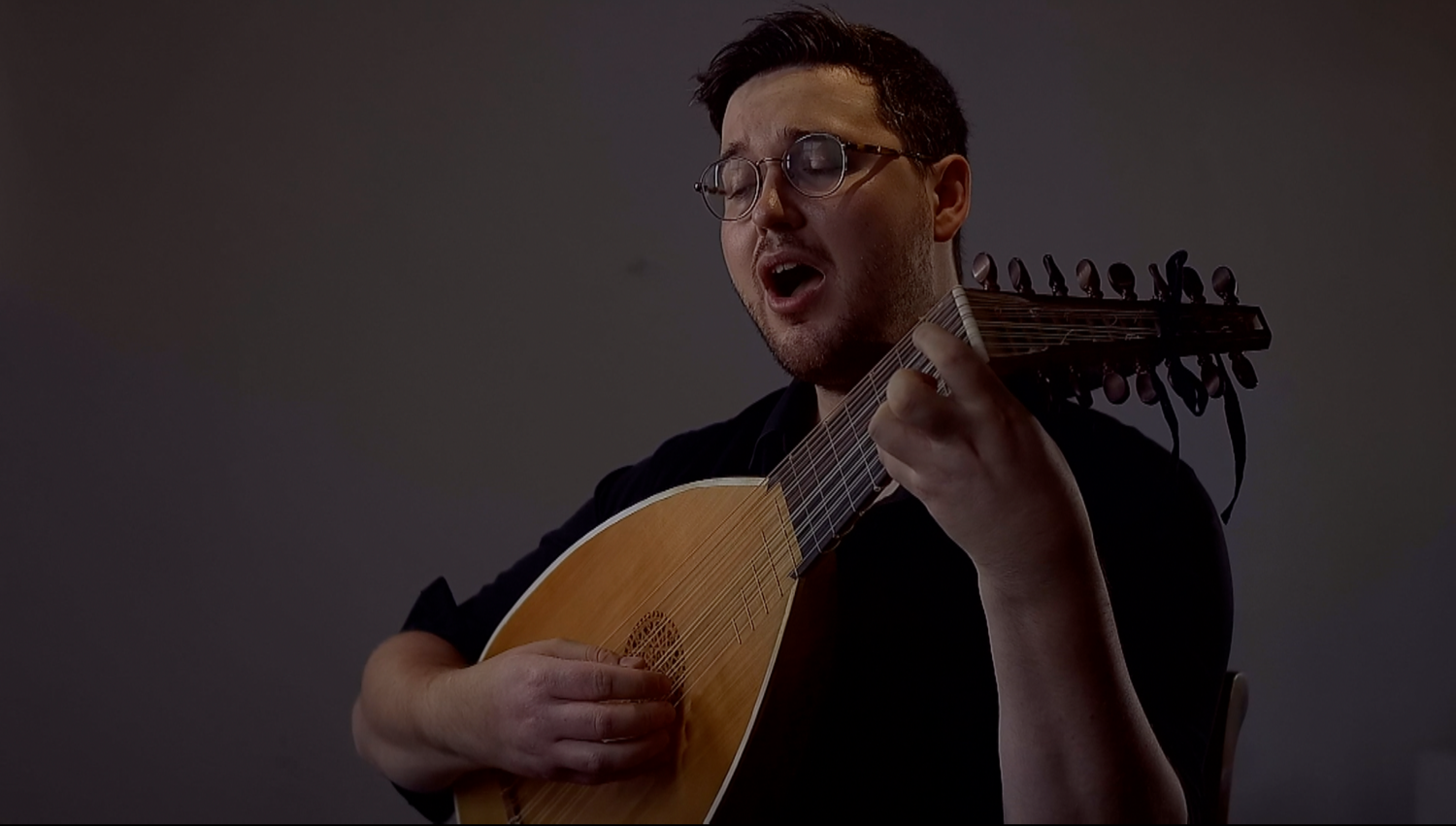Comparing Tosi, Galliard, and Agricola on the Articulation of Passaggi
- Tim Braithwaite

- Jan 2, 2021
- 3 min read
Tosi describes two main types of articulation for the performance of fast notes, the ‘marked’ (‘battuto’) and ‘glided’ (‘scivolo.’)
The ‘marked’ requires ‘that light Motion of the Voice, in which the Notes that constitute the Division be all articulate in equal Proportion, and moderately distinct, that they be not too much join'd, nor too much mark'd.’
The ‘glided,’ however, ‘is perform'd in such a Manner that the first Note is a Guide to all that follow, closely united, gradual, and with such Evenness of Motion, that in Singing it imitates a certain Gliding, by the Masters called a Slur; the Effect of which is truly agreeable when used sparingly.’
John Galliard, in his English translation, clarifies by saying the following:
‘The mark'd Divisions should be something like the Staccato on the Violin, but not too much’ and ‘The Gliding Notes are like several Notes in one Stroke of the Bow on the Violin.’
Tosi himself says that the ‘marked’ articulation is ‘more frequently used than the others,’ although singing should be ‘gliding or dragging (‘stracinare’ - a sliding glissando) in the Pathetick’
The German commentator, Johann Agricola, adds his thoughts on articulation as follows:
‘To achieve this [the marked articulation], one must, when practicing, imagine that the vowel sound of the division is gently repeated with each note; for example, one must pronounce as many a's in rapid succession as there are notes in the division-just as with a stringed instrument, [where] a short bow stroke belongs to each note of the division; and in the transverse flute and some other wind instruments, [where] each note receives its own gentle impetus by the correct tongue stroke, whether single or double,’ stressing that ‘one must feel, as it were, the articulation of each note in the glottis.’
However, just like Tosi and Quantz, he warns against those who exaggerate this action so that the articulation sounds like a laugh, saying ‘Some singers, to be sure, allow the air to push against the palate, much as one does in a rather quiet laugh,’ resulting in ‘a bleating sound which resembles the cackling of a chicken (which the Italians call sgagatea.)'
All writers all agree that the articulation of faster notes through the insertion of an ‘h’ is to be discouraged (although it nevertheless seems to have been common.) None of them, however, suggest that an indiscriminate slurring is desirable either, except for when the aria is particularly ‘pathetick.’
Indeed, Tosi explicitly says that a ‘marked’ articulation is the most frequently used, and that the ‘gliding’ should only be used ‘sparingly.’ While Galliard compares the sound of a ‘marked’ articulation to staccato on the violin, Agricola compares it to articulated tonguing on the flute. Agricola’s comment that the ‘articulation of each note’ must be felt ‘in the glottis’ is particularly revealing.
*EDIT*
I thought it might be worth adding Agricola’s comments on ‘gliding’ (‘geschleifete’) which clarify some elements of his perspective. The german text can be found in the images below:
‘In this type [of division], if one articulates the vowel only on the first note and sustains it (without repetition and on one breath) through as many of the notes which follow as are to be slurred — instead of having to repeat it [the vowel] gently on every note, as in the case with the detached division - he will perform slurred notes correctly. The flutist does not repeat his tonguing with such notes, no matter what his type, nor the violinist his bowing. However, the singer must guard against allowing the notes to become unclear; he must, despite the slur, bring each to the listener's ear in its correct intonation.’
He continues, when describing the ‘drag’ (‘ziehen,’) likely a specific subcategory of glissando or slide, to say the following:
‘The drag is distinguishable from the slur primarily by its slowness and by the fact that at times one allows the voice gradually and almost imperceptibly to become ever higher or lower until one has reached the higher or lower pitch one wants.’
*Footnotes*
Johann Joachim Quantz, Versuch Einer Anweisung Die Flöte Traversiere Zu Spielen (Berlin: Johann Friedrich Voß, 1752), 326. Translation from Johann Joachim Quantz, On Playing the Flute/The Classic of Baroque Music Instruction, trans. Edward Reilly (Boston: Northeastern University Press, 2001), 336.
Johann Friedrich Agricola, Anleitung Zur Singkunst (Berlin: G.F. Winter, 1757). Translation from Johann Agricola, Introduction to the Art of Singing, trans. Julianne Baird (Cambridge ; New York: Cambridge University Press, 1995).
Pier Francesco Tosi, Opinioni de’cantori Antichi, e Moderni, o Sieno Osservazioni Sopra Il Canto Figurato. (Bologna, 1723). Translation and commentary from Pier Francesco Tosi, Observations on the Florid Song ; or, Sentiments on the Ancient and Modern Singers, trans. Johann Ernst Galliard (London: J. Wilcox, 1743).
To save space in this rather wordy post, I’ve pasted the relevant pages in their original languages below rather than insert them into the text. Sorry that the scan of the Galliard is such bad quality, a very clear (searchable) digital edition can be found here:












Comments